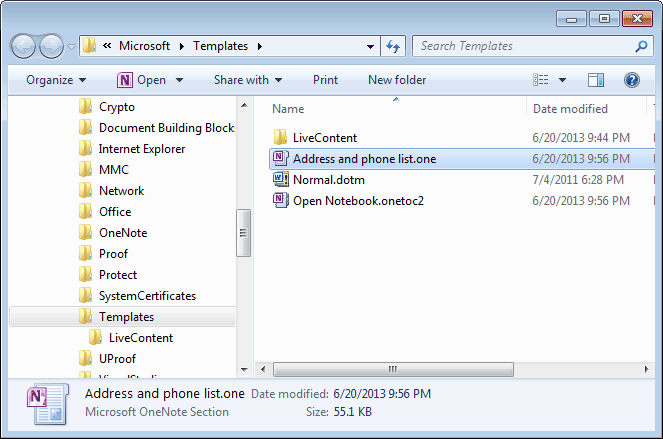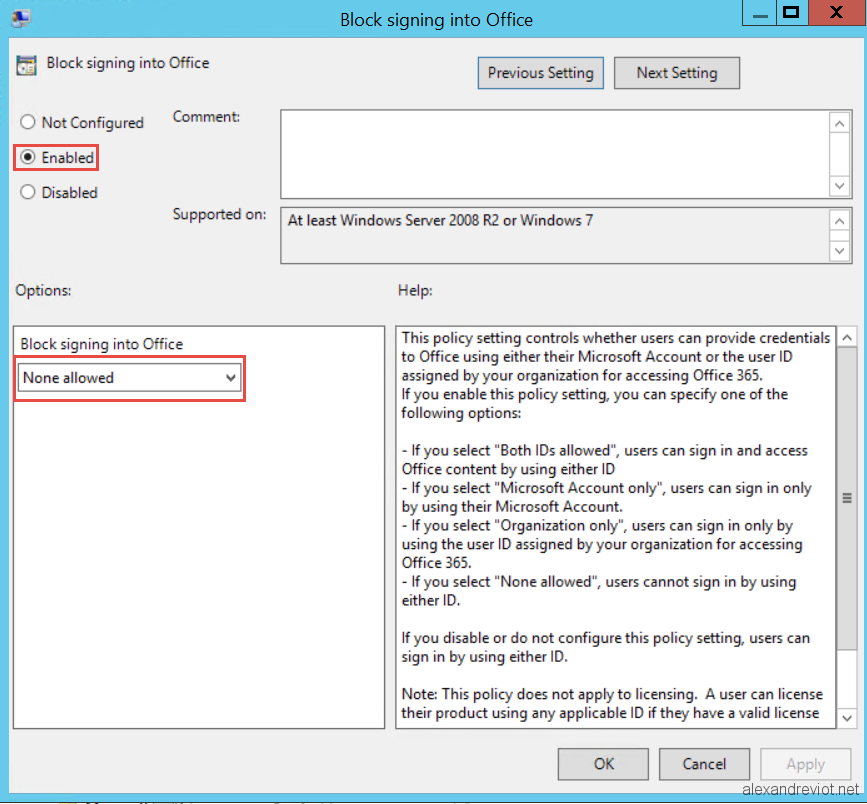


csv file, which can be imported into Outlook with a few adjustments:

If you keep your contact information in Excel or another spreadsheet program or have exported your contacts from another email provider, such as Gmail or Yahoo Mail, they will typically be in a. pst file, contacts are already in the right format and require no further amendments.įor more information, please see How to export Outlook contacts to PST file.ĬSV (Comma Separated Values). It's a special file format for storing data in Outlook, Exchange Client and other Microsoft software. Microsoft Outlook allows importing contacts from two file types, PST and CSV. Prepare contacts for importing into Outlook If your contacts are stored in Excel, the following tutorial will be useful: How to import contacts to Outlook from Excel. Step 2: Click New Items in the ribbon, then click the Contact option.Tip. If you’re looking for other ways to make use of Outlook’s contacts features, check out distribution lists. This guide will assume that you do not already have a contact set up for yourself in Outlook 2013. This is the digital business card format for Outlook, and when you forward this information to a contact, it will be included as a. The steps in this guide will show you how to create a vCard in Outlook 2013. How to Create a Business Card in Outlook 2013 So continue reading below to learn how to create and send a vCard to a contact in Outlook 2013. vcf file.įortunately this will seem very familiar if you have previously created a contact in Outlook 2013, or included an attachment with an email.

A good way to do this is by including pertinent contact information in your signature, but another option is to create a vCard, otherwise knows as a digital business card, or a. Email programs like Microsoft Outlook 2013 have a lot of different ways that you can share information with your contacts.


 0 kommentar(er)
0 kommentar(er)
